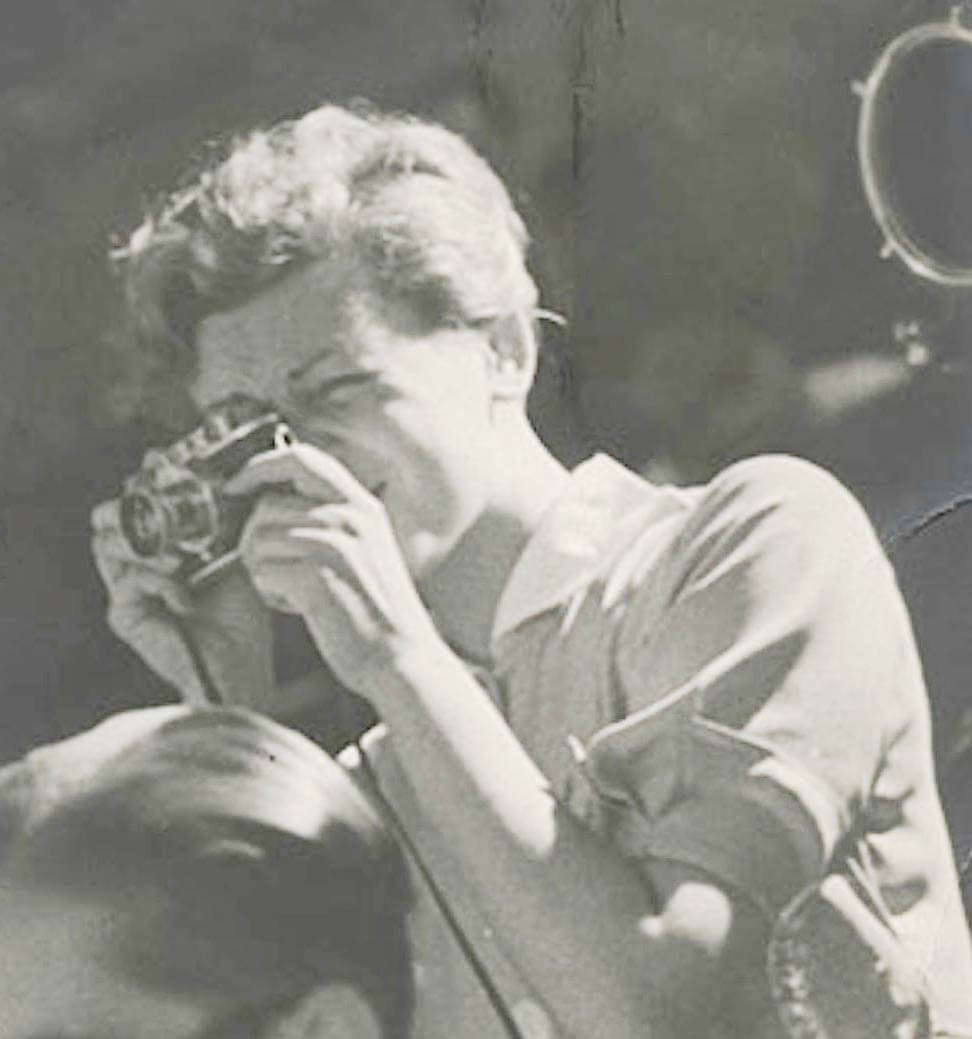Gerda Taro, a pioneering figure in the world of photojournalism, illuminated the harrowing realities of conflict through her lens. Born Gerta Pohorylle on August 1, 1910, in Stuttgart, Germany, she would later adopt the pseudonym "Gerda Taro" as she ventured into the tumultuous landscape of war-torn Europe during the 1930s.
Taro's journey into photography began as she fled Nazi persecution, seeking refuge in Paris. It was there that she crossed paths with fellow photographer Robert Capa, sparking a creative and romantic partnership that would shape both their lives and redefine the boundaries of photojournalism.
Together, Taro and Capa embarked on a mission to document the Spanish Civil War, a conflict that would serve as a crucible for their artistic and ideological convictions. Working under the banner of "Robert Capa and Gerda Taro," they captured the raw intensity of battle, immortalizing the struggles of Republican forces against the backdrop of Franco's fascist regime.
Despite the dangers inherent in their profession, Taro fearlessly ventured into the heart of the conflict, often disregarding personal safety in pursuit of the perfect shot. Her images exuded a sense of urgency and immediacy, offering a stark reminder of the human cost of war and the resilience of the human spirit in the face of adversity.
Tragically, Taro's life was cut short at the tender age of 26 when she was struck by a tank during the Battle of Brunete in July 1937. Her untimely death sent shockwaves through the world of photojournalism, serving as a sobering reminder of the risks faced by those who bear witness to history's most tumultuous moments.
Though her life was brief, Gerda Taro's impact on the world of photography endures as a testament to her courage, compassion, and unwavering commitment to truth-telling. Her images continue to serve as a powerful reminder of the human toll of conflict, inspiring future generations of photographers to wield their cameras as instruments of social change and justice.
As we reflect on the legacy of Gerda Taro, we are reminded of the profound significance of bearing witness to history's darkest chapters and the enduring power of images to shape our understanding of the world and ignite the flames of empathy, compassion, and solidarity across borders and generations.
